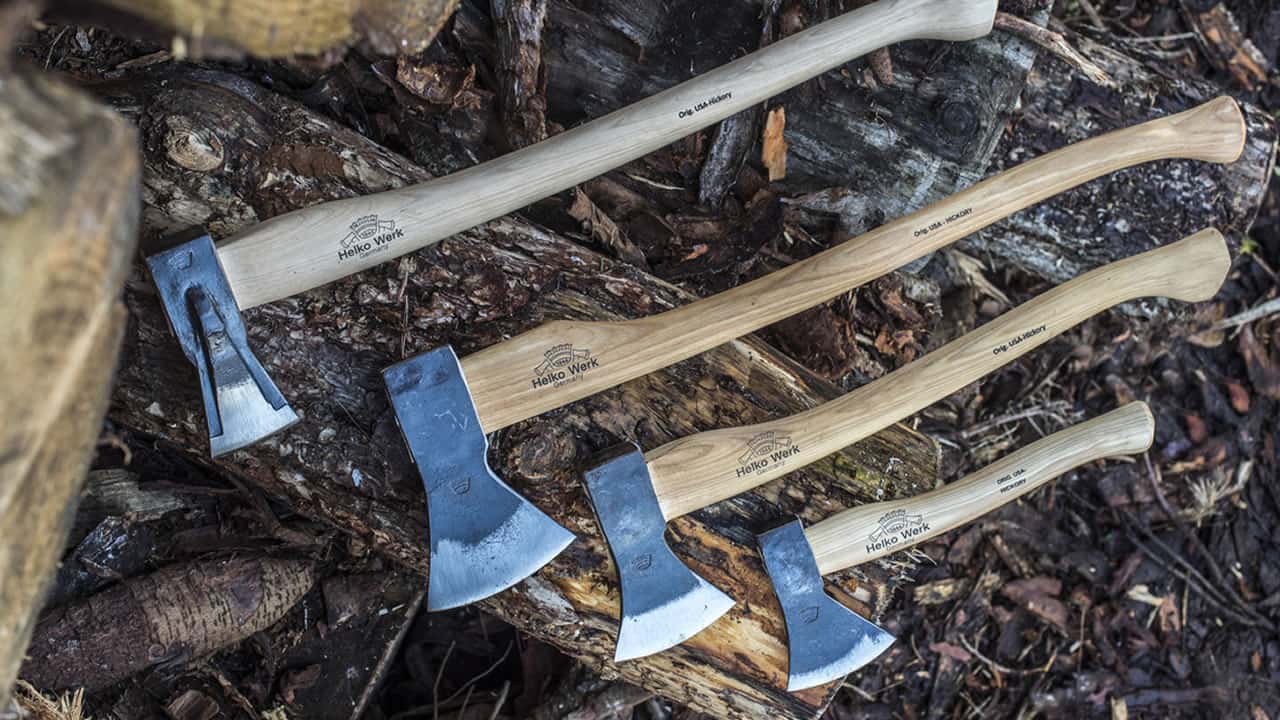
When it comes to axe names, the variety of names and terms can be as sharp and diverse as the tools themselves. Whether you’re a seasoned woodsman, a budding outdoors enthusiast, or simply curious about these iconic tools, understanding the names and terminology associated with axes is essential. This detailed guide will delve into the world of axes, clarifying the various names and types you might encounter.
The history of the axe stretches back thousands of years, evolving from rudimentary stone tools to the sophisticated designs we see today. As the axe evolved, so too did the names and terms used to describe its various forms and functions. These names often reflect the specific use of the axe, the culture that developed it, or key design features.
The naming of axes is influenced by a variety of factors:
Understanding axe names is key to selecting the right tool for your needs:
Irrespective of the type, proper care is crucial for the longevity of your axe:
Safety is paramount when handling any type of axe:
Axe names often reflect cultural heritage and history. For instance, the Viking Axe is steeped in Norse history, while the Tomahawk carries Native American significance. Understanding these cultural connections can enrich your experience and appreciation of these tools.
The world of axes is as varied as it is fascinating, with each type and name carrying a story of its own. From the powerful Felling Axe to the precise Carpenter’s Axe, these tools have been integral to human development and survival. Whether you’re a hobbyist, a professional, or just someone interested in traditional tools, understanding the names and nuances of different axes can enhance your skills and appreciation for these timeless implements. Remember, behind every axe name is a blend of history, culture, and craftsmanship, connecting us to a rich legacy of human ingenuity.
Axes are tools that have been a vital part of human civilization for thousands of years. Whether used for chopping…
Axes have long held a place in our collective imagination, symbolizing strength, survival, and sometimes even terror. From ancient legends…
Bushcraft axes are a fundamental tool for survival and outdoor enthusiasts. These axes are not just tools for wood chopping…
Chopping wood is a fundamental skill, whether for a seasoned lumberjack, a homeowner managing their firewood supply, or an outdoor…
In the realm of wilderness survival skills, an axe is one of the most versatile tools you can have at…
For anyone involved in wood cutting, whether as a professional or a hobbyist, choosing the right axe is crucial. Axes…